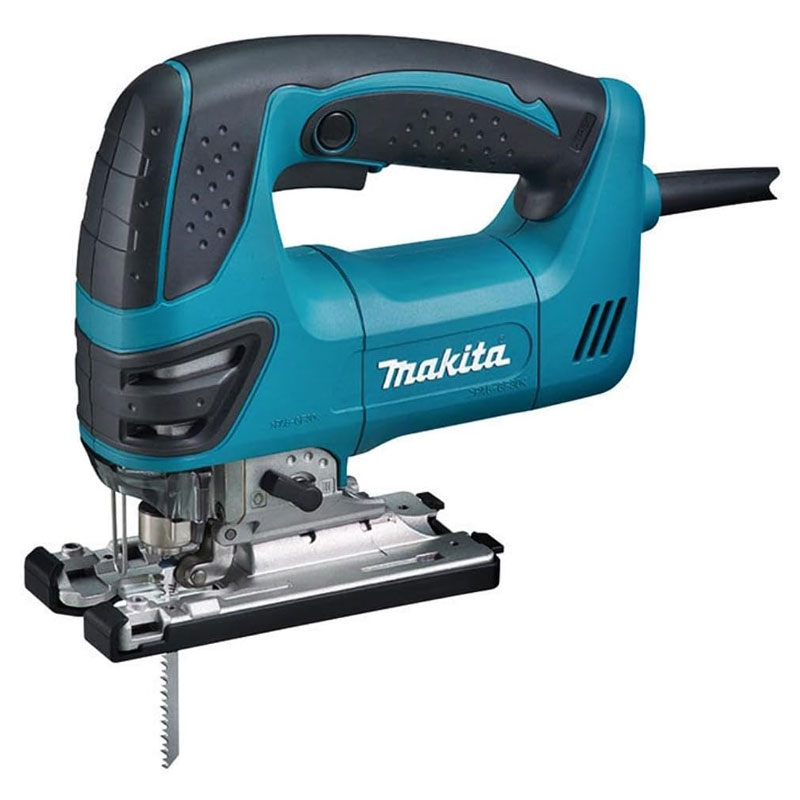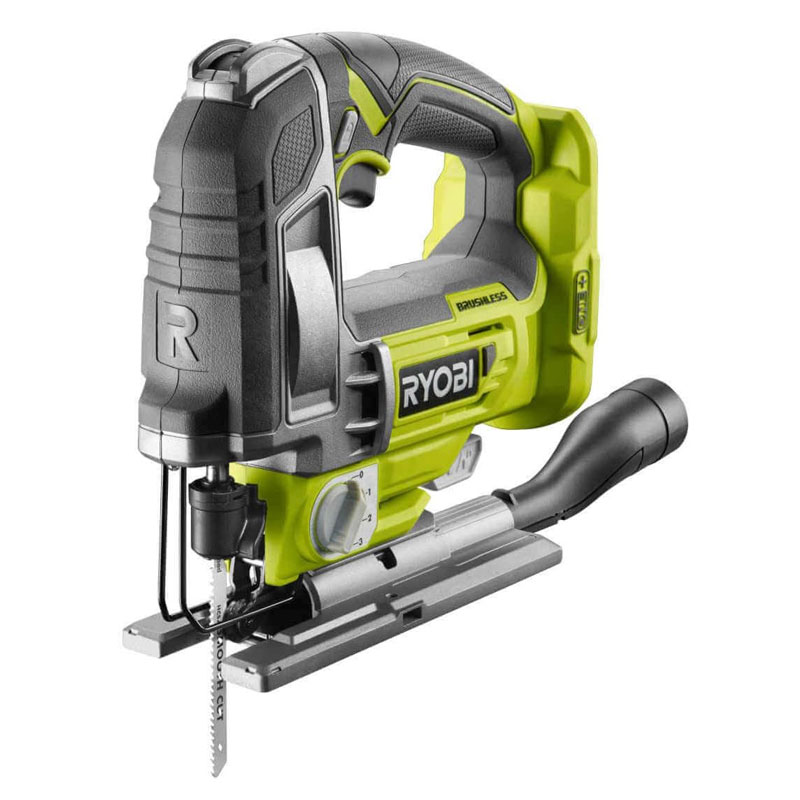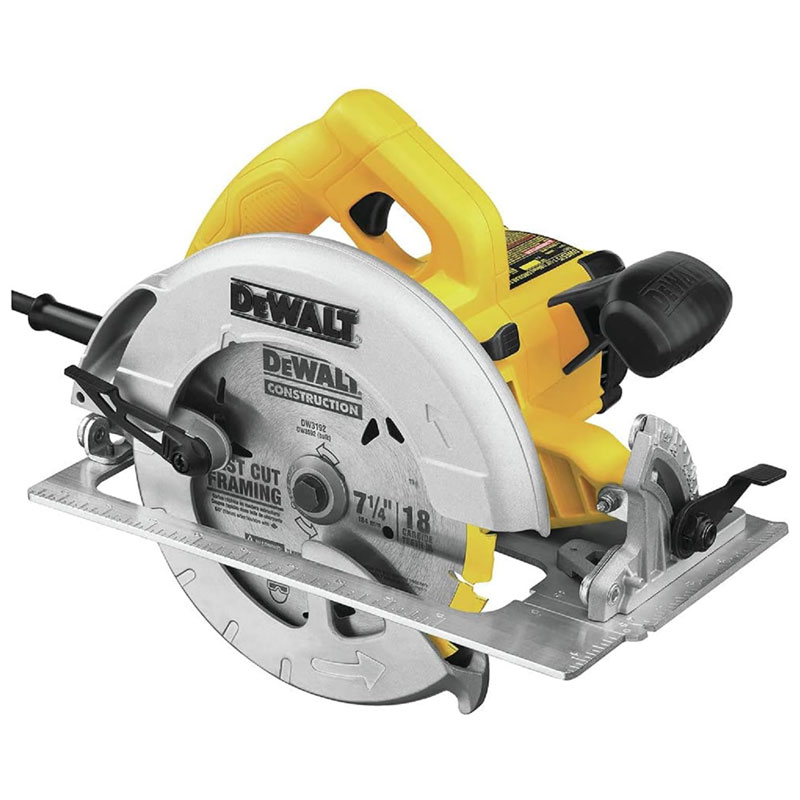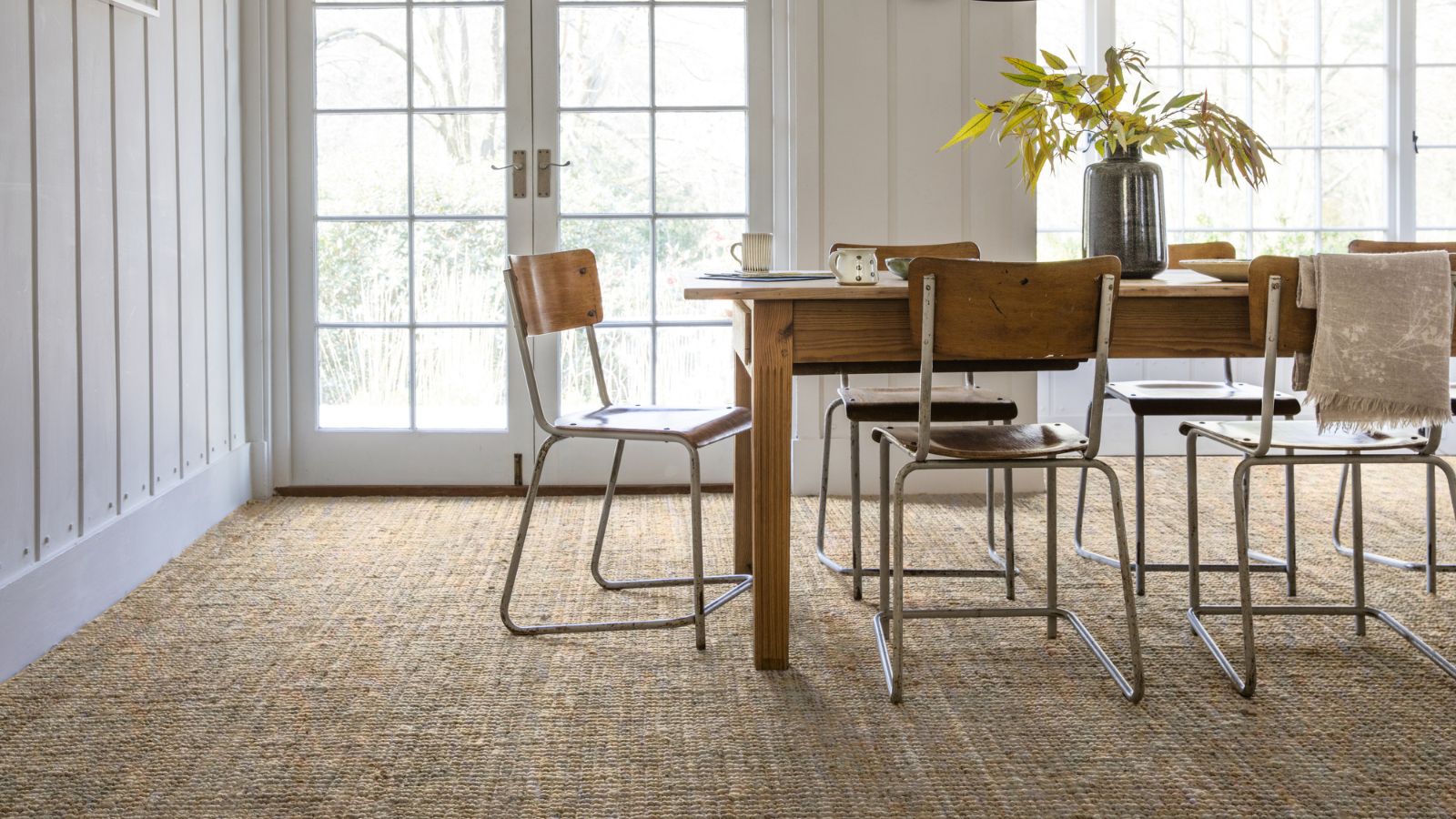Jigsaw vs circular saw: Which one should I get for my next DIY project?
Jigsaw vs circular saw is a common conundrum for DIYers. Here the pros reveal what you need to know to help you make the right choice
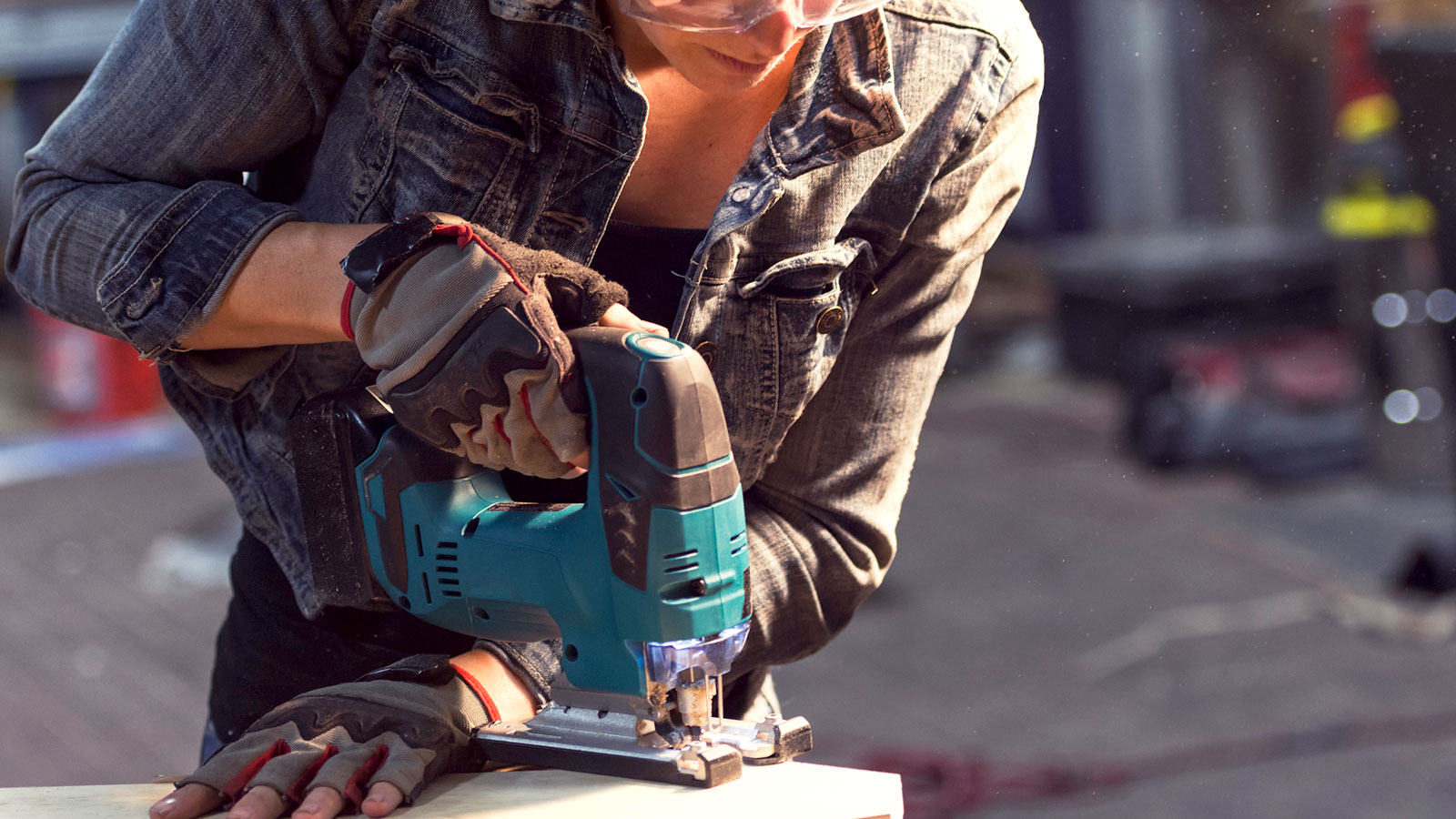
Jigsaw vs circular saw: which one is right for me? There is no simple answer. Which one you need will depend very much on what DIY project you are working on, plus, how confident you are using a saw, whether that be one of the best circular saws or jigsaws, and what your budget is.
Both saws can be used for a lot of similar DIY or home renovation projects, but there are subtle differences, which make them a better choice for specific types of jobs. Are you trimming down a kitchen worktop? Laying down decking? Whatever it is, it’s time to call on a power saw. Here we help you decide which one.
Jigsaw vs circular saw
Choosing the right saw for a DIY project will only help you do a better job. Here we get a couple of experts to help you make the right choice.

Matthew has over 6 years of experience in home improvement and remodelling projects. With a background in carpentry and joinery, he specialises in crafting bespoke projects tailored to clients' needs.
What DIY jobs is a jigsaw good for?
“For tasks requiring precise cutting or shaping a jigsaw is ideal,” reveals Matthew O’Grady, Director of Thomas Matthew Kitchens & Furniture, “You can use it to cut intricate patterns or curves from wood, metal, or plastic materials among others.”
It's the ideal choice for, “Custom shelving unit build-out, ornamental woodworking projects, or fitting new countertops in your kitchen projects,” shares O’Grady. “It is versatile and can be used to cut straight lines but it is best suited for more detailed and intricate jobs.”
And it is its versatility that makes it a real winner for DIYers. “When the project is in a tight spot, or when the cut can’t be done with other tools, a jigsaw is a great solution.” suggests Brandon Walker, construction manager at ASAP Restoration.
What DIY jobs is a circular saw good for?
“A circular saw is good for jobs that involve making long and straight cuts,” shares O’Grady. “It performs excellently in quick cutting of thick pieces of wood such as when one needs to make a hole through plywood sheets or when fitting wood trims in framing lumber and cutting straight across wide boards.”
Bring your dream home to life with expert advice, how to guides and design inspiration. Sign up for our newsletter and get two free tickets to a Homebuilding & Renovating Show near you.
Elsewhere, “A circular saw comes in handy in bigger construction projects or home remodelling works, like putting up your own deck or coming up with large-sized furniture units, “ continues O’Grady.
“When it comes to rougher carpentry work and heavier-duty tasks, the circular saw always tops the list due to its speed and power.” Why? “It was designed to increase efficiency during the course of operations leading to faster, accurate trimming on larger materials.”
Try these saws on your next DIY project
Which is easier to use?
This isn’t that easy to quantify, both aren’t difficult to use and after a few uses they will become more familiar. It is more important that you use the most appropriate saw for the project you are working on. A message reinforced by O’Grady, “The ease of using the two depends on the type of work being done.”
He continues, “The beginner might have an easier time starting with a jigsaw as it is versatile and small enough to be handled comfortably.” Walker suggests that, “A circular saw is so easy to use that it is nearly a required tool for even starter carpenters just beginning their careers”.
But as we have already mentioned, choose the right saw for the right job, as O'Grady says, “Whichever you choose has an intrinsic advantage, depending on your specific needs and level of comfort.”
One tip for any DIYer is to make sure that you read the user manual and follow any safety precautions. Also make sure to check out our How to use a circular saw guide to help ensure you get the most from a circular saw.
FAQs
Do I need a jigsaw if I have a circular saw?
If you tackle a lot of DIY projects then I suggest that you have both a jigsaw and a circular saw. And invest in a quality product that will last for years to come.
However, if you are only an occasional DIYer or your projects aren’t going to involve heavy use of a jigsaw or circular saw, then you can invest in a budget or mid-range model. These typically won't have the same features and longevity of a top of the range model, but should still serve you well.
Should I get a corded or cordless model?
Both options have their pros and cons. A cordless model is more convenient as you won't need to worry about finding a power outlet to plug into and you can take it anywhere. Ideal if there isn’t a power outlet nearby.
But on the downside is that you will need to recharge the battery regularly, and you will need a charger. This will add to the overall cost and cordless models are typically more expensive than corded models.
When looking for a bare tool – a cordless model with no battery or charger included – don't forget to factor in the cost of a charger and at least one battery. Ideally you want two fully charged batteries, so you can swap as soon as the current one needs replacing.
A corded model is typically cheaper and has the obvious bonus that you don’t need to remember to charge a battery – or invest in a charger. However, you will need to be near a power outlet to use a saw. The length of the cord on a saw typically means that you will need an extension lead like this STATUS 2 18m Socket Cable Reel from Amazon.
Get your hands on one of the best circular saws on the market for your next DIY project. And find out how to cut laminate flooring and discover what saw TPI is and how many teeth you need on a blade.
Steve Jenkins is a freelance content creator with over two decades of experience working in digital and print and was previously the DIY content editor for Homebuilding & Renovating.
He is a keen DIYer with over 20 years of experience in transforming and renovating the many homes he has lived in. He specialises in painting and decorating, but has a wide range of skills gleaned from working in the building trade for around 10 years and spending time at night school learning how to plaster and plumb.
He has fitted kitchens, tiled bathrooms and kitchens, laid many floors, built partition walls, plastered walls, plumbed in bathrooms, worked on loft conversions and much more. And when he's not sure how to tackle a DIY project he has a wide network of friends – including plumbers, gas engineers, tilers, carpenters, painters and decorators, electricians and builders – in the trade to call upon.
